This is an authorized translation in English of a post in French by @japon: Nara, de Nigatsu-do à Kasuga
As my primary language is not English, there are probably some mistakes in my translation.
Remember that the person that speaks here is NOT me, Vincent Celier (@vcelier), but @japon, a French guy.
The visit the city of Nara is a beautiful walk to go from temple to temple, almost all located inside a large park in which tourists and deers mix.
To the east of Todai-ji and its huge Buddha, I follow the continual flow of visitors to Nigatsu-dō, literally "the hall of the second month". Originally, here was held a ceremony during the second month of the lunar calendar, that is March. People come to pray for good fortune and protection against disasters.

To reach the temple, you have to climb a long staircase of more than 70 steps, which largely contributes to the atmosphere of the place. The access is free, which is quite rare for a temple and it deserves to be reported.
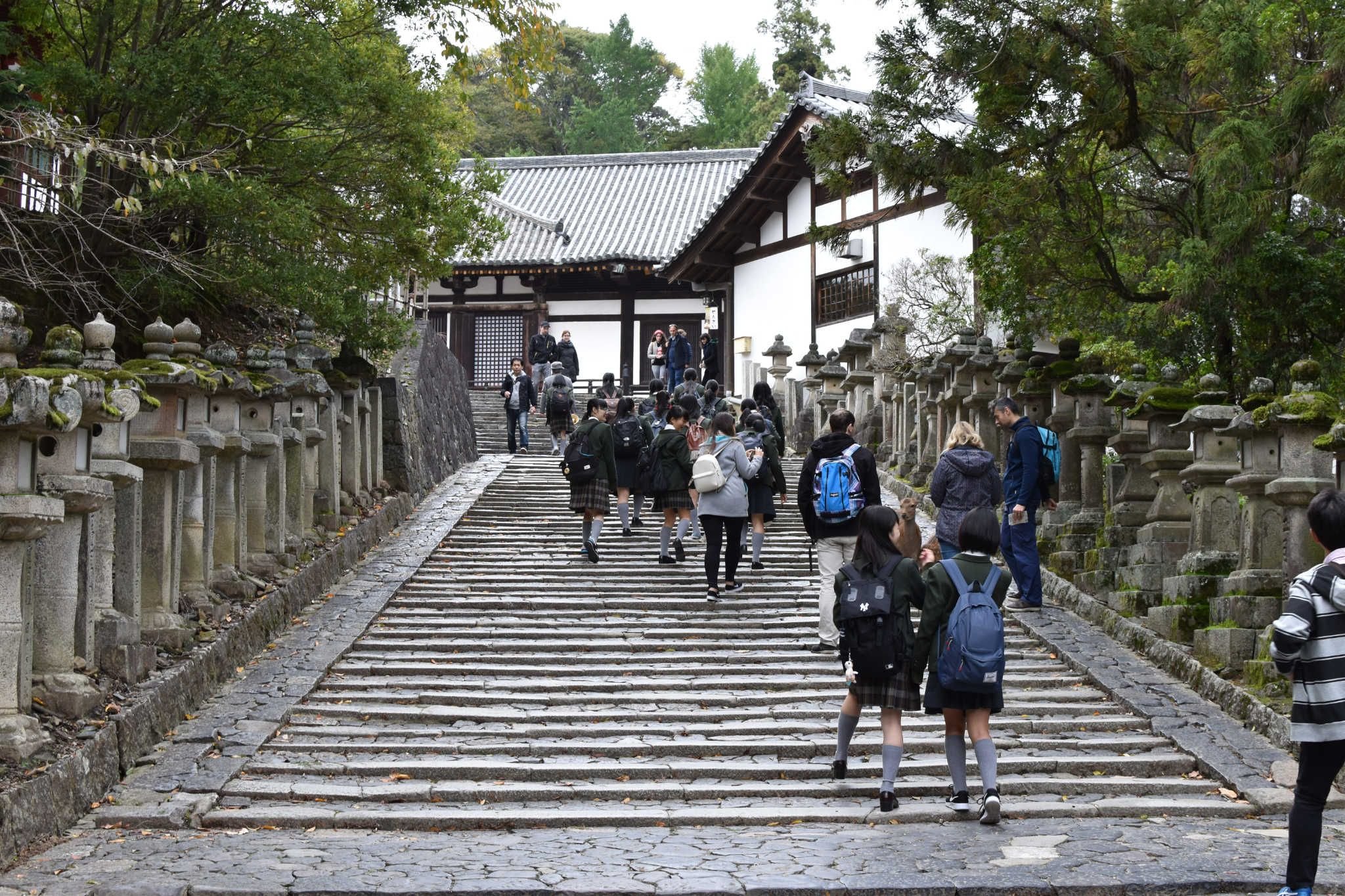

Built on the side of Mount Wakakusa, the interest is this building that overlooks the city of Nara and offers a view of its ancient structures and urban landscapes. Visitors lined up along its balcony to reflect on the spectacular view.
All around the temple, a series of lanterns mingle with an interlacing of beams. The architecture is beautiful. There are many people and Nigatsu-do seems to be a must for anyone visiting Todai-ji.

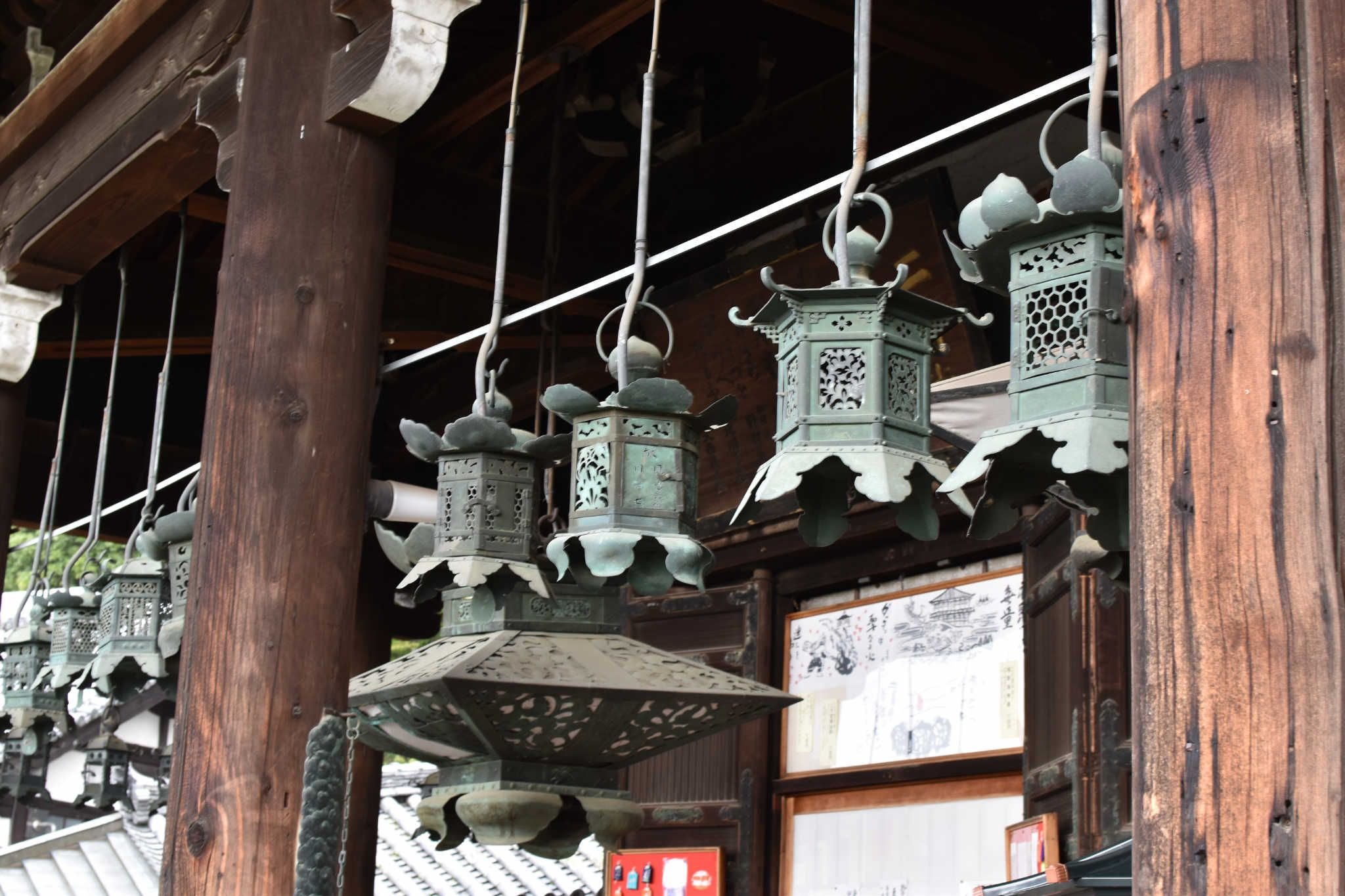
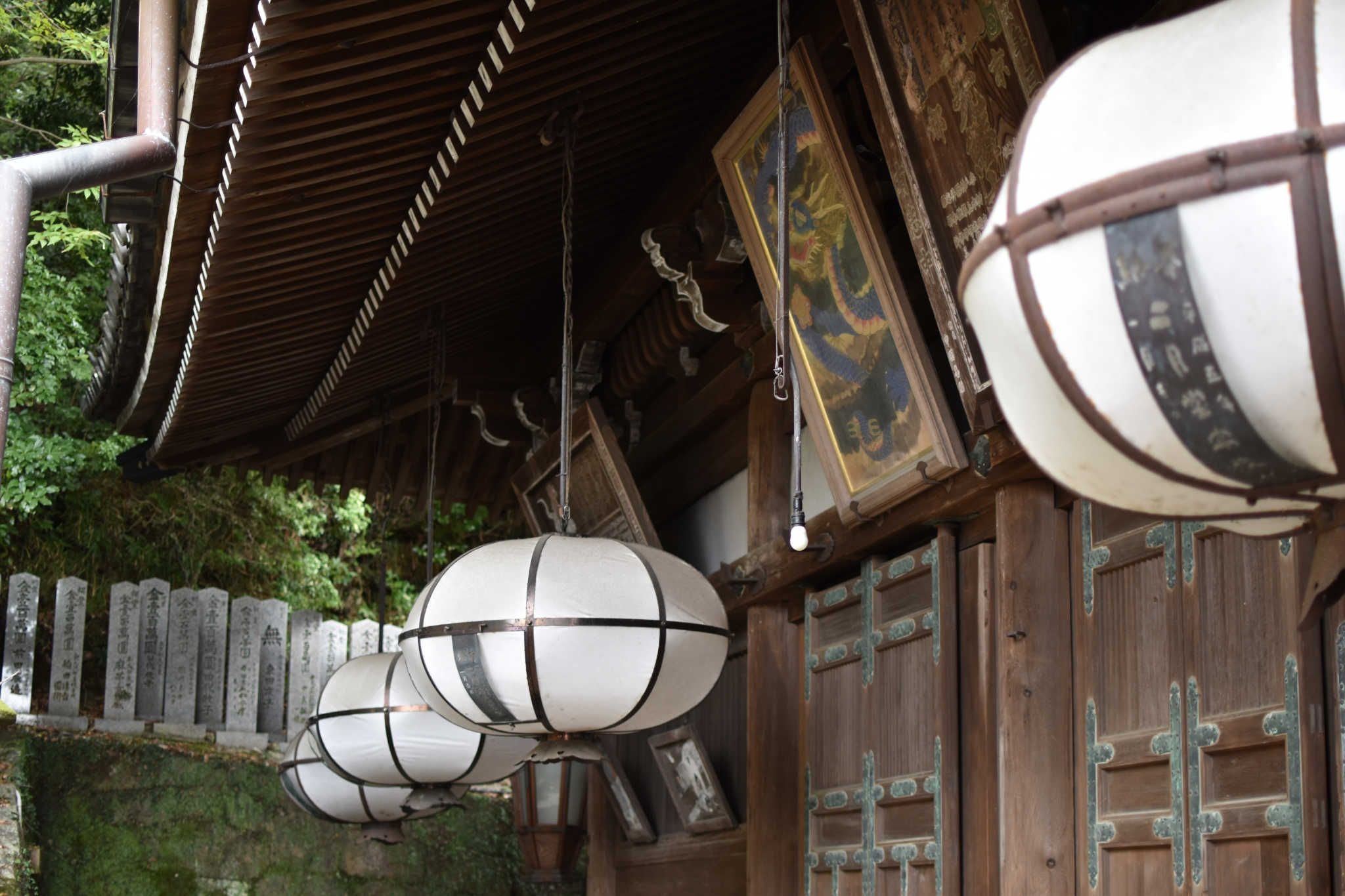
My route continues around Nara Park to the last destination of the day: the Kasuga Shrine.
Going there, I cannot help thinking about the quote from Confucius: "Happiness is not at the top of the mountain but in the way to climb".
The interest of this sanctuary is in the hundreds (even thousands) of lanterns that line the path and the stairs that lead to it. They are sometimes arranged in several rows as there are so many.
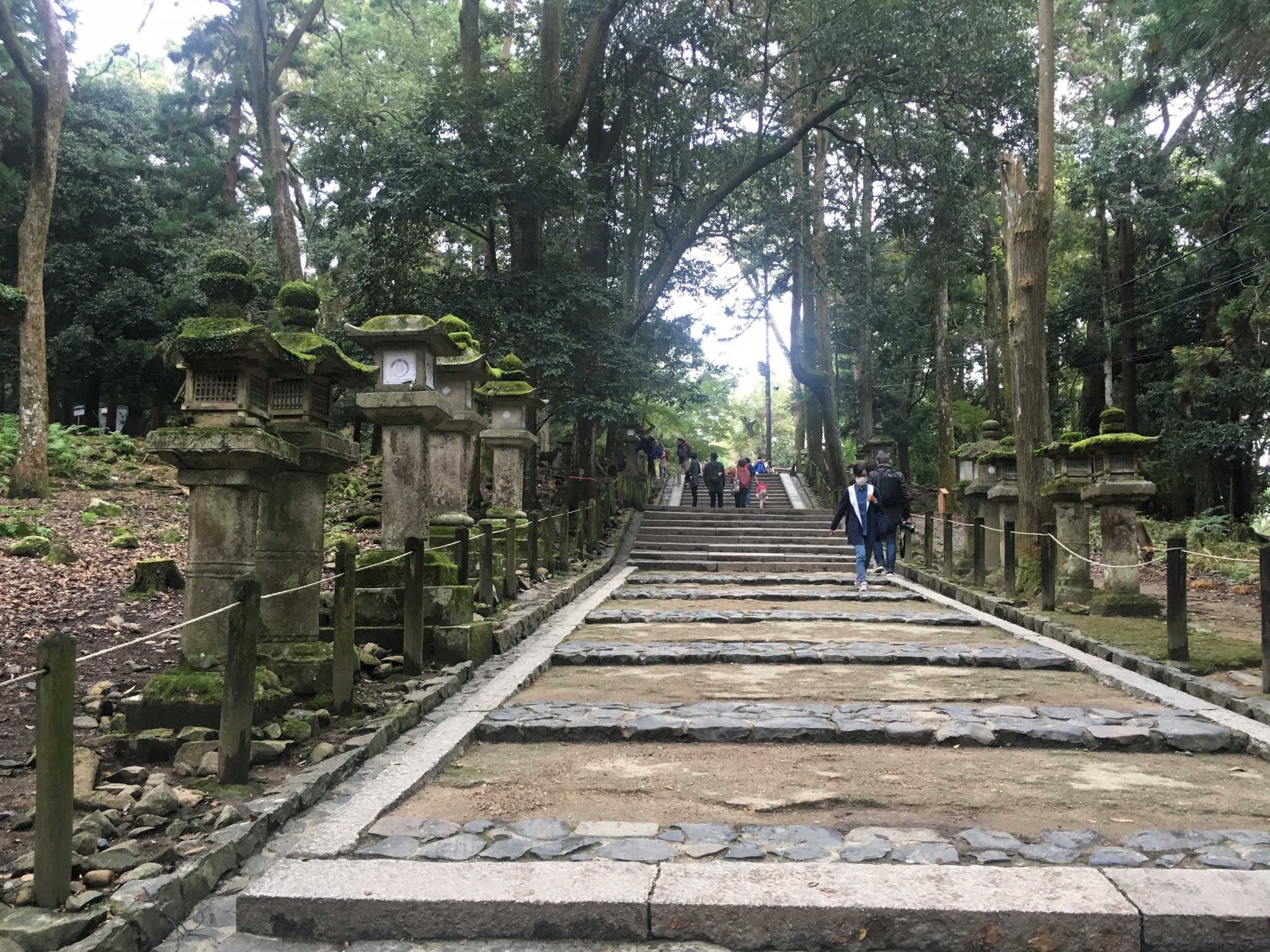
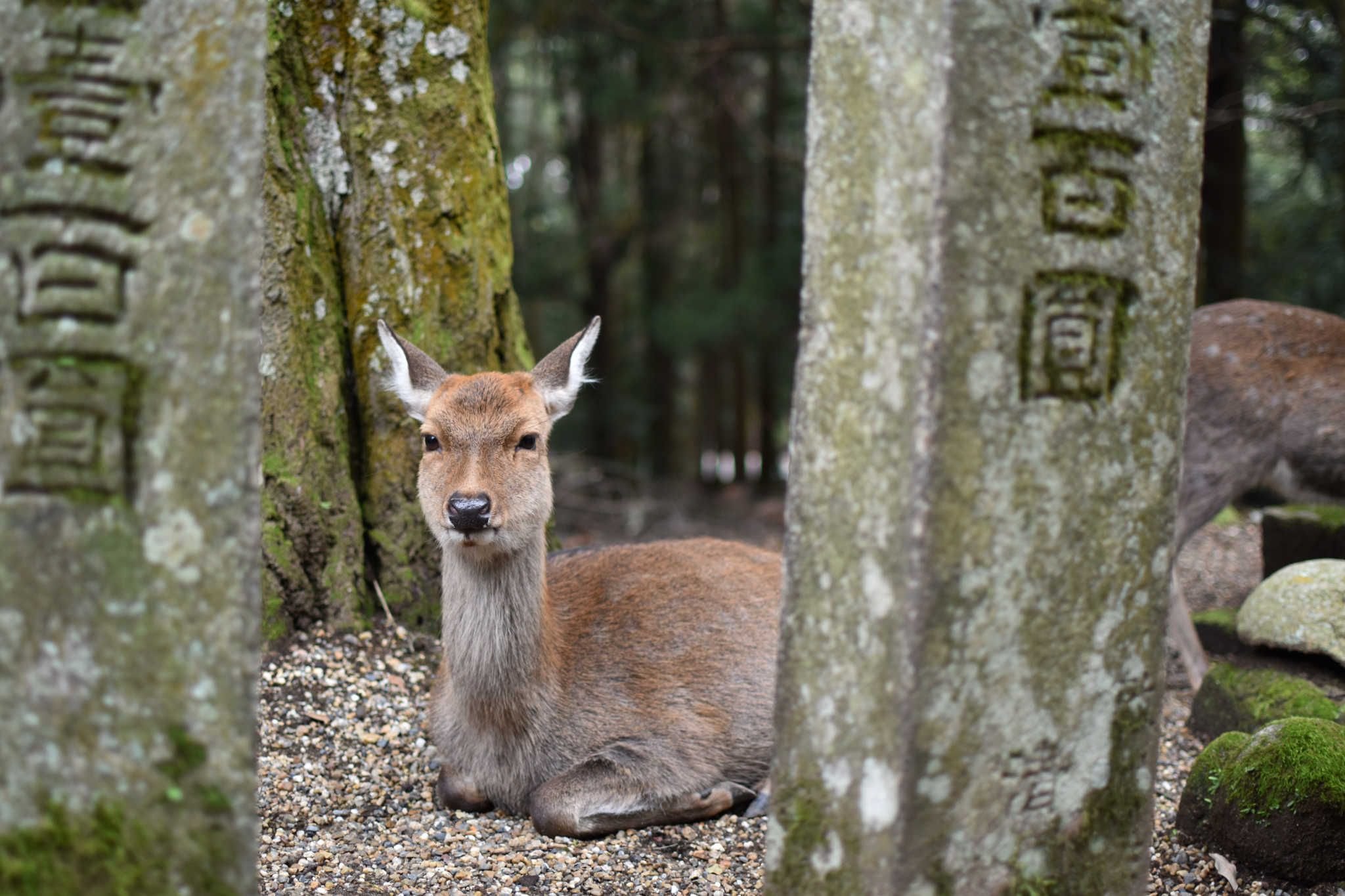
The atmosphere is striking with these lanterns of all sizes, and often covered with moss and lichen. Sign of time passing. Sometimes deers rest there, watching the tourists who are happy to photograph them. These animals have beautiful life, stars of a day in the middle of this wooded space.
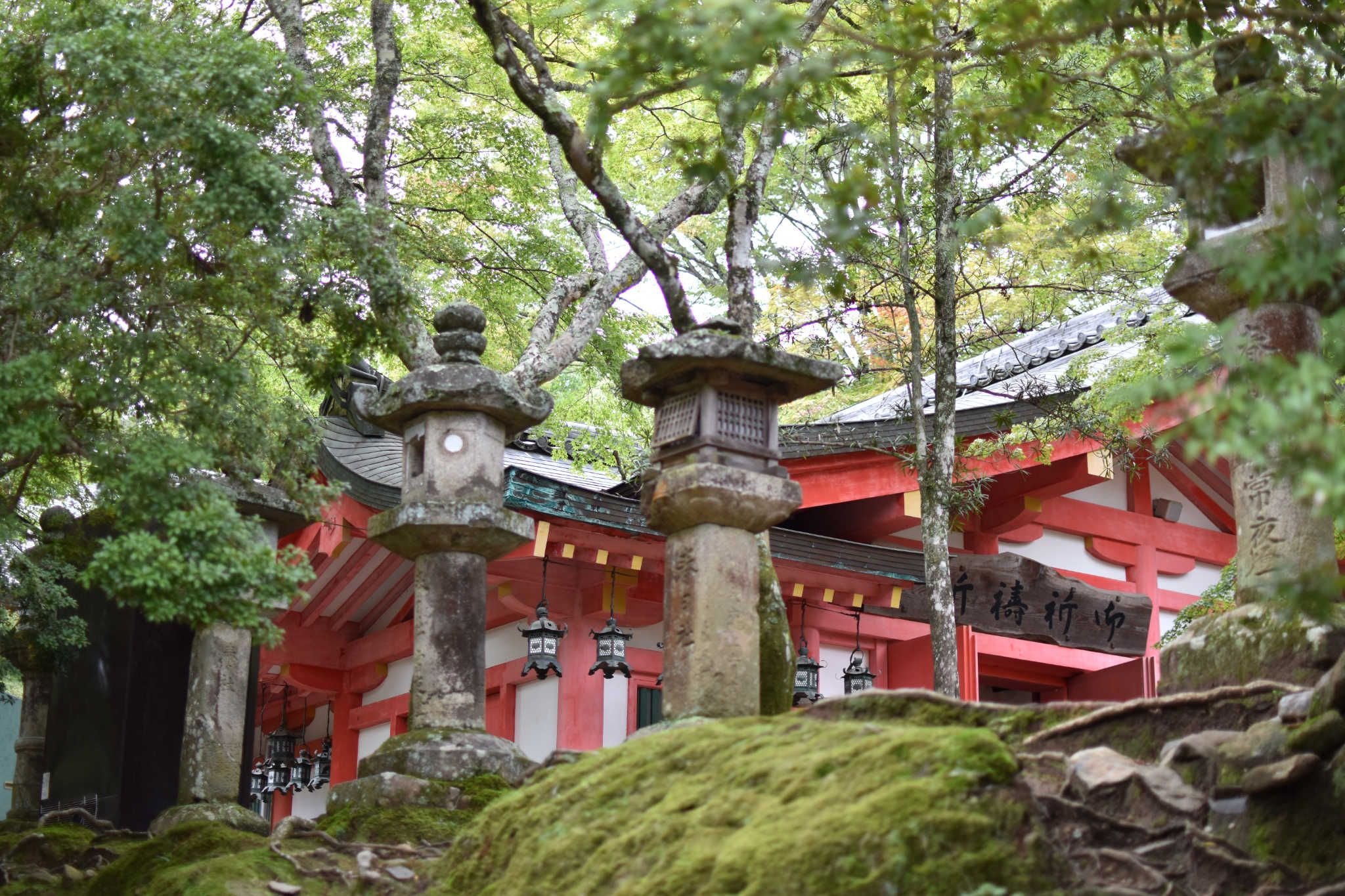
Arriving at the shrine after a long walk, I discovered several buildings of a traditional Shinto architecture.
The many small hanging lanterns, there must be hundreds, are offerings from the faithful. They bring an undeniable aesthetic touch in this vermilion red atmosphere.



As there are many paths leading to the Kasuga Shrine, and it is a little away from other sites, the place is quieter. I finally find this tranquility that is dear to me. The atmosphere is relaxing, with this humid air.


It is on this last impression that I take again the road to the station and my train for Kyoto. Nara is truly a must if you spend a few days in the old imperial capital. It is a true dive into the history of Japan, a preserved space where one imagines being at the time of samurai and geisha walking in small steps in their kimono.
It may be a cliché of Japan but it is the image that I like to keep.
-- @japon
01: Travel diary in Japan, by @japon
02: Tokyo, overcrowded city? Really? by @japon
03: Are the Japanese too disciplined? by @japon
04: Going to Japan without speaking Japanese? by @japon
05: Ueno, more than just a big park in Tokyo, by @japon
06: Asakusa, diving in the heart of Tokyo's historic district, by @japon
07: Ameyoko, Ueno's colorful market, by @japon
08: Tsukiji, the largest fish market in the world, by @japon
09: Climb the steps of Atago Jinja Shrine in Tokyo, by @japon
10: Hama Rikyu, an exceptional park in the heart of Tokyo, by @japon
11: Jimbocho, old books and tempura, by @japon
12: Shinjuku Gyoen Park and the best burger in the world!, by @japon
13: One night in Shibuya, by @japon
14: Takeshita dori : this little street dedicated to fashion (and good crepes), by @japon
15: They lie to you about Kyoto, by @japon
16: The temples and secret garden of Higashi in Kyoto, by @japon
17: Kinkaku-ji, the temple of the Golden Pavilion in Kyoto, by @japon
18: Ryoan-ji, the amazing stone garden in Kyoto, by @japon
19: The Ninna-ji Temple and its extraordinary gardens, by @japon
20: Kyoto Gyoen, the Imperial Palace Park, by @japon
21: Nishiki Market: A Must in Kyoto, by @japon
22: Ginkaku-ji, the temple of the silver pavilion in Kyoto, by @japon
23: Meditate on the path of philosophy, by @japon
24: Nanzen-ji, its impressive gate and two gardens, by @japon
25: Heian-jinju: the big shrine and its garden that I almost missed, by @japon
26: Eikan-do, the temple of the momiji maples in Kyoto, by @japon
27: Kodai-ji, a Kyoto temple dedicated to a woman's love for her husband, by @japon
28: Sannenzaka and Ninenzaka, the streets of Higashiyama, by @japon
29: Kiyomizu-dera, the temple of pure water in Kyoto, by @japon
30: Tofuku-ji: the maple lookout point, by @japon
31: Makis, Yasaka-jinja Shrine and Maruyama Park, by @japon
32: Nijo Castle and its fabulous garden, by @japon
33:Departure for Osaka and its castle, and announcement of a typhoon, by @japon
34: Osaka, the garden Keitaku-en under a torrential rain, by @japon
35: Doguya-suji, the kitchen market in Osaka, by @japon
36: Dōtonbori, the bustling district of Osaka, by @japon
37: Back to Kyoto and Typhoons, meetings and reunions, by @japon
38: Sanjūsangen-dō, the temple of a thousand and one statues, by @japon
39: On the road to Fushimi Inari Taisha, by @japon
40: Daigo-ji, the large Buddhist complex built on a mountainside, by @japon
41: Departure for Nara, we look at the fallow deers and we mistake the garden, by @japon
42: Isui-en, the big Japanese garden of Nara, by @japon
43: Todai-ji, the temple with the huge Buddha statue in Nara, by @japon
